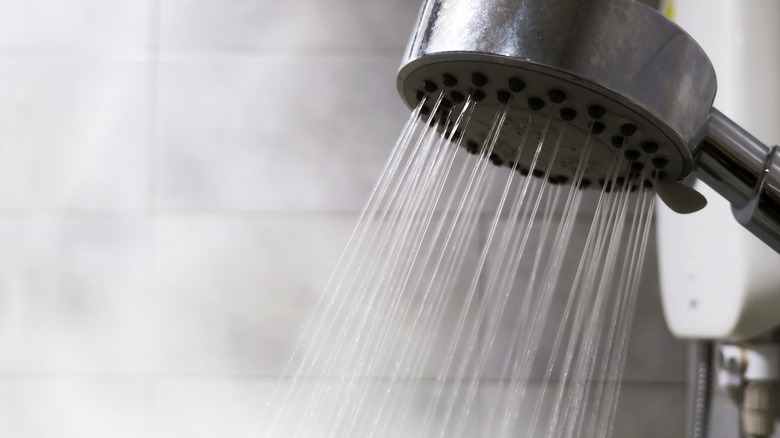How To Save Money By Creating An Endless Supply Of Hot Water Without Electricity
We may receive a commission on purchases made from links.
The best thing about coming home after a long day at work is stepping into the shower and blasting the hot water all over yourself. More than just being an avenue to clean and de-stress ourselves, having hot water is a luxury that we use for other chores as well. The heat helps get rid of bacteria and other heat-sensitive pathogens when washing dishes and makes cleaning oily surfaces a lot easier.
However, the downside to using hot water is that it consumes a lot of energy. According to the Department of Energy, your hot water usage accounts for almost 20% of your total energy consumption and is the second biggest energy output in your home. Studies also reveal that the average American household uses 52.6 gallons of hot water every single day, and 10.9 gallons are wasted every day from not being used. We spend $400 to $600 a year on heating our water, money that could very well take care of other responsibilities. Fortunately, there is another way you can ensure an endless supply of hot water in your home using a DIY rocket mass heater and never spend a dime on electricity again.
A typical tank water heater works by filling up with cold water and heating it up either with gas or electricity. If the hot water isn't used up, the tank continues to burn electricity to keep it hot for whenever you decide to use it. To avoid putting such a strain on your pocket, you can try an energy-friendly alternative to getting your hot water supply.
The DIY rocket heater can be built or ordered online
If you're the building-savvy type, then you might have a great time installing your water heater from scratch. In order to build this contraption, you'll need sand and clay to build the stove, a long enough coil of copper pipe, a tank of water, and firewood for fuel.
YouTube creator @exploringalternatives gives an in-depth tutorial on creating your heater. The sand and clay are used to create an adobe stove with three openings: one on the bottom where the fire is started and ventilation can pass through, a larger one in the middle for feeding in the wood, and one on the top which acts as a chimney for smoke.
You can alternatively purchase a ready-made rocket heater on Amazon for about $60. The copper pipe runs from the cold water in the tank to the stove where it is coiled inside and runs out of another part of the stove with the heated water. As the water heats up, it moves back to the tank, pushing the cold water into the stove's coils, and this goes on until all the water is heated up. This entire process is called thermosiphoning. The best thing about this is how much energy and money you get to save at the end of the day. "It's extremely efficient and it can create a huge amount of heat from just a small amount of wood," said the YouTube creator.
Things to consider before installing your heater
There are still several things you must consider before installing your hot water heater. Although they are better equipped to utilize heat from burning wood than an open flame, you have to know the ins and outs of erecting one. Firstly, things can go terribly wrong if you don't regulate the pressure inside of the tank of water which, of course, will be airtight. All that hot water being generated will surely cause the tank to explode eventually, which is why you need to install a pressure relief valve to offset it. When it's time to clean the heater, you'll have to clear out all the accumulated ash so make sure it's turned off and completely cold so you don't burn yourself.
Equally as important as this is the location of the heater. The position matters a lot. Your rocket heater is best kept outside, but it can be built indoors as long as you provide a vent for it that leads outside. In some areas, you will need a permit to be able to erect one and you will also need to run it by your residential committee if you have one to make sure your heater complies with local laws and guidelines.
